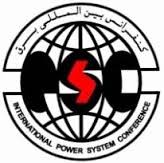With the introduction of restructuring concepts to traditional power systems, a great deal of attention is given to utilization of distributed generation. Integration of DG units has been known as an alternative for distribution network reinforcement and purchasing energy from transmission network. Considering these facts, in the planning procedure of DG, determination of optimal sizing and sitting is a very important issue. This work presents a comprehensive framework for integration of distributed generations into a distribution network, regarding various technical and economical issues such as reduction of active power losses, environmental pollutions, investment and running costs while the bus voltages are kept within acceptable limits. The method is applied on IEEE-34 test feeder and the results are presented and discussed







